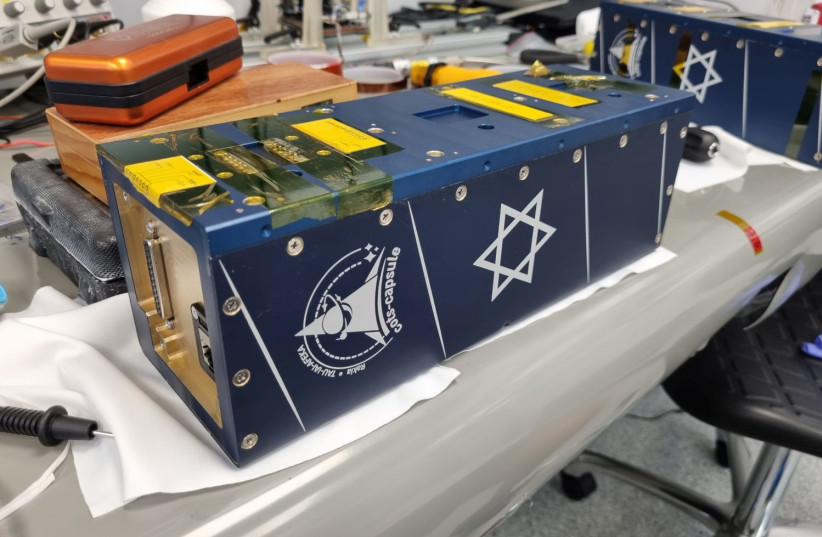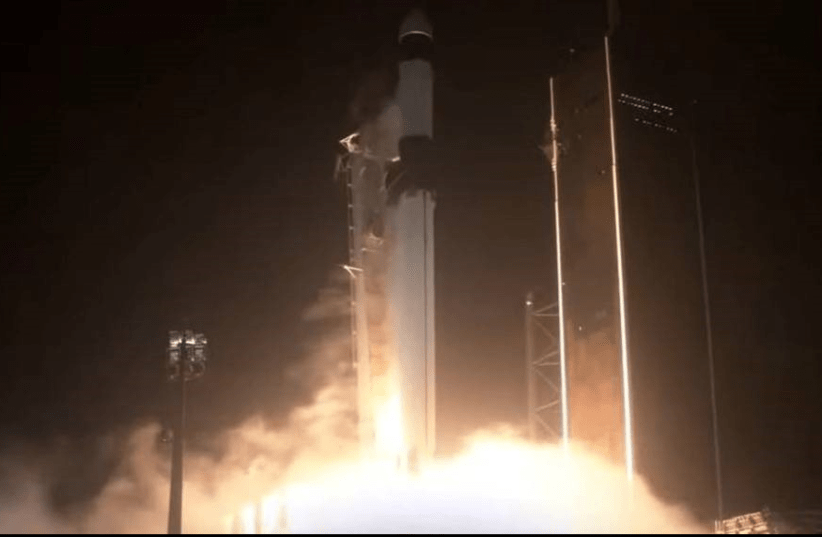Tel Aviv University (TAU) launched a satellite demonstrating a new technology for minimizing the damage of cosmic radiation to electronic systems in space.
The satellite, called TauSat-3, was launched from Florida's Kennedy Space Center on a SpaceX Falcon 9 rocket then transferred to the International Space Station and linked with its electronics.
TauSat-3 houses a "COTS-Capsule," an enclosure that allows systems to be used while detecting cosmic rays and shielding the components from the radiation.

Electronics used in space normally must be custom-modified to protect them from radiation. However, the capsule protects standard commercial equipment from radiation, allowing advanced components to be used and reducing costs.
Israel's Ramon Foundation and Space Agency plan to conduct further experiments with the COTS capsule when astronaut Eytan Stibbe boards the ISS in February as part of the "Rakia" mission.
“Integration of the “COTS-Capsule” mission as part of the national “Rakia” mission will provide a rare opportunity to examine the building blocks of this technology in space," explained Prof. Erez Etzion, head of TAU's School of Physics and Astronomy, and Prof. Ofer Amrani, head of the Small Satellite Laboratory at the Iby and Aladar Fleischman Faculty of Engineering, who were part of the team researching the technology. "In addition to the academic research, the space mission is leveraging and promoting an educational-scientific program in the field of space and radiation.”
